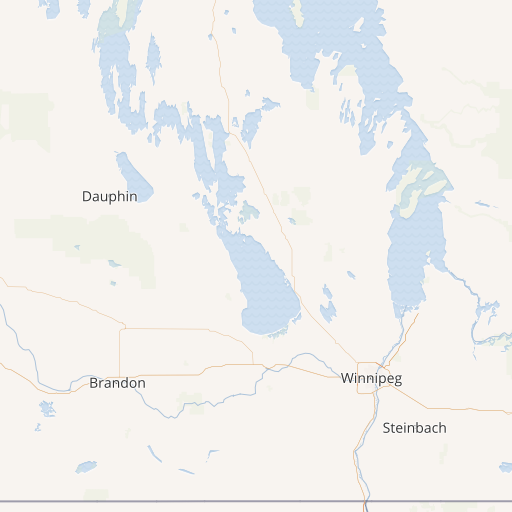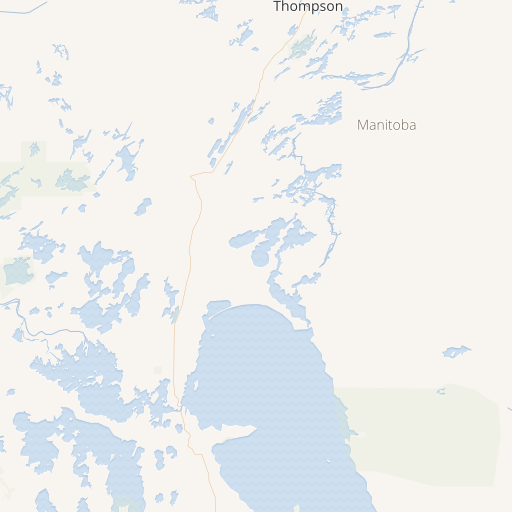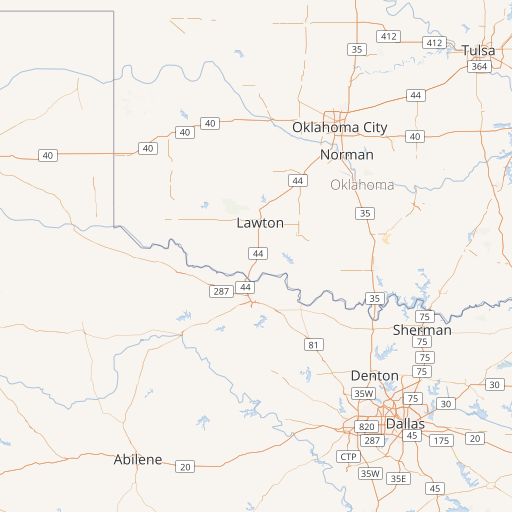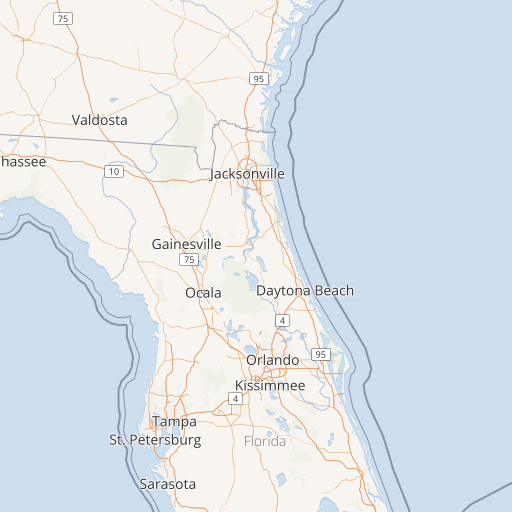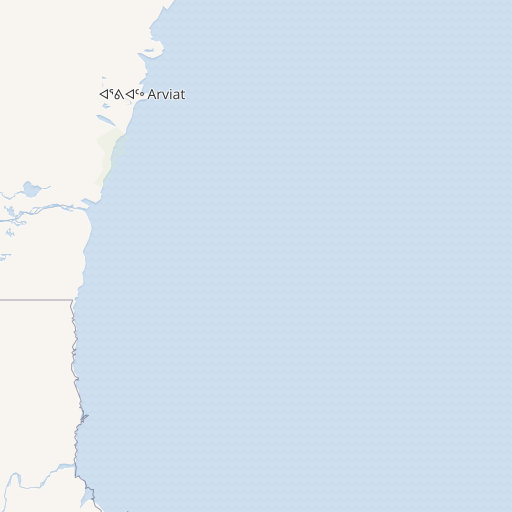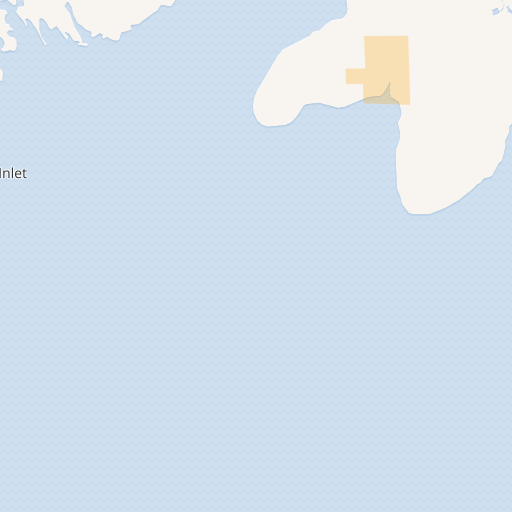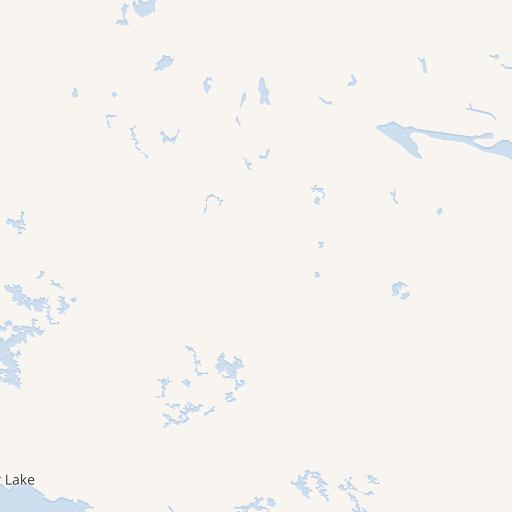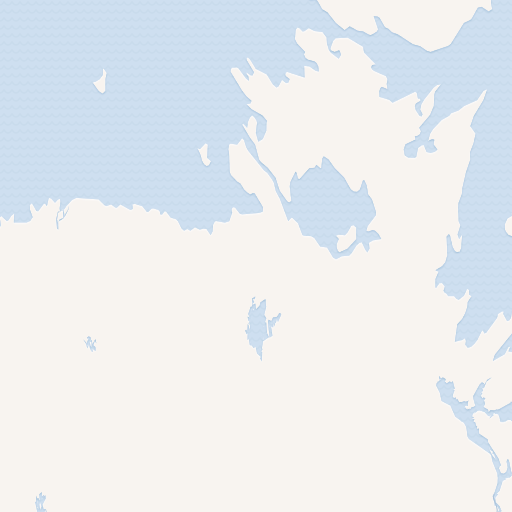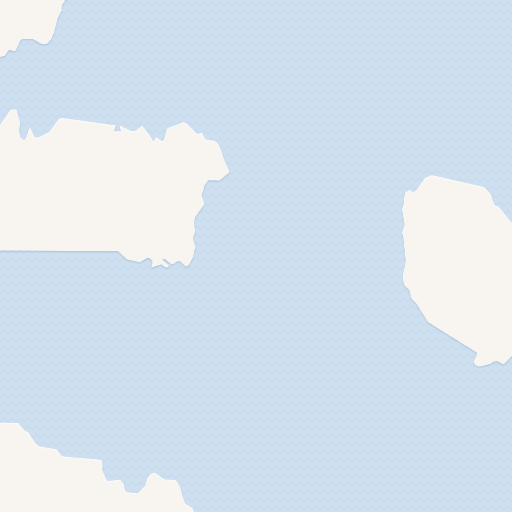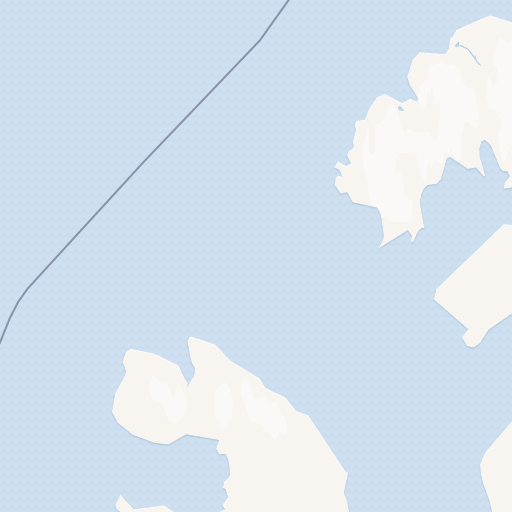About
Estigmene acrea, commonly known as the Salt Marsh Moth, is a medium-sized moth found throughout much of North America. Its wingspan ranges from 1.4 to 2 inches, and its wings are white with black markings. The wings have a distinctive silver sheen that is most noticeable when the moth is in flight.
One interesting characteristic of this species is the presence of coremata on the males. These are long, hair-like appendages that can be inflated and are used to release pheromones during courtship to attract a female for reproduction. The coremata are yellow-orange in color and are also known as “hair pencils.”
The Salt Marsh Moth is also known for its ability to produce a clicking sound by rubbing its wings together. This behavior is thought to be a defense mechanism to startle predators. Another fun fact is that the larvae of this species are covered in spiky hairs that can cause skin irritation for some people.
fields, farms, waste areas, open areas, marshes, prairies
















